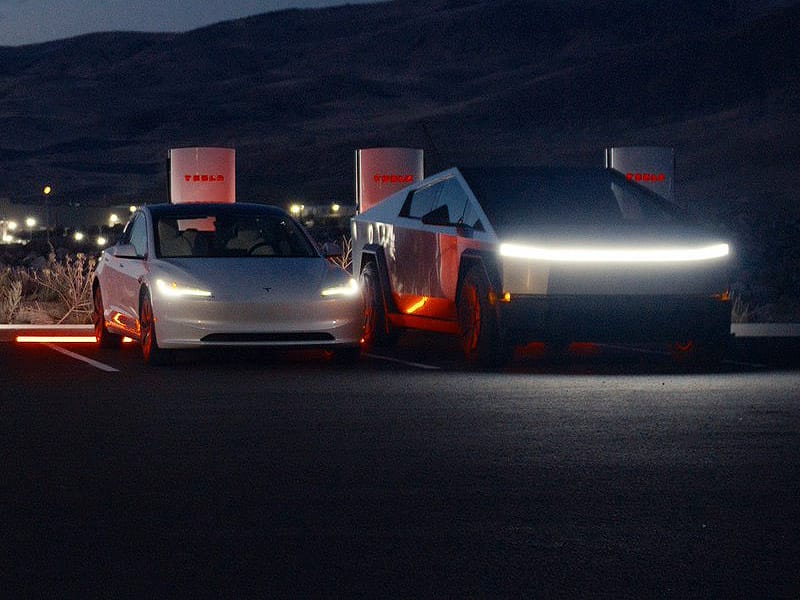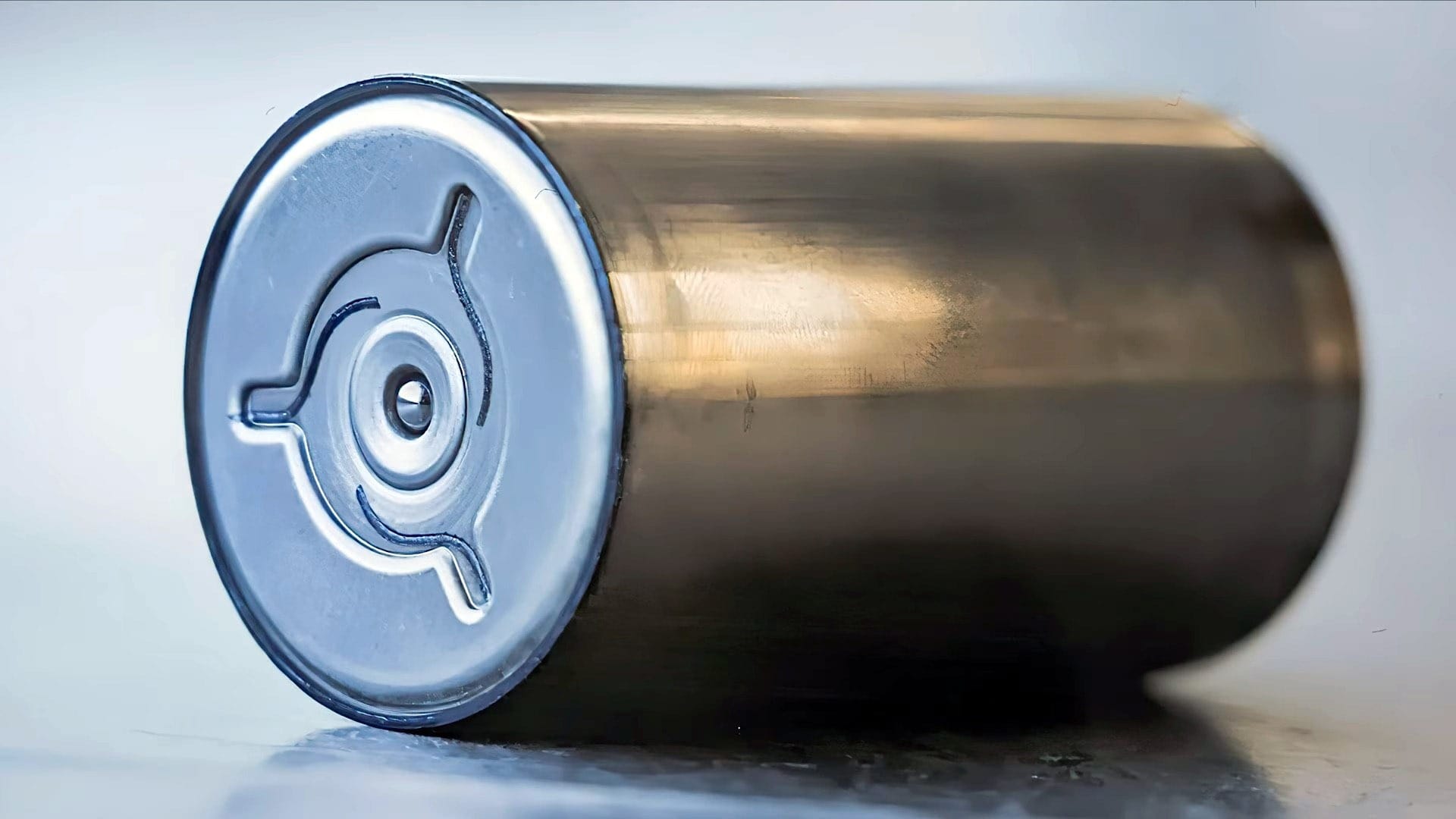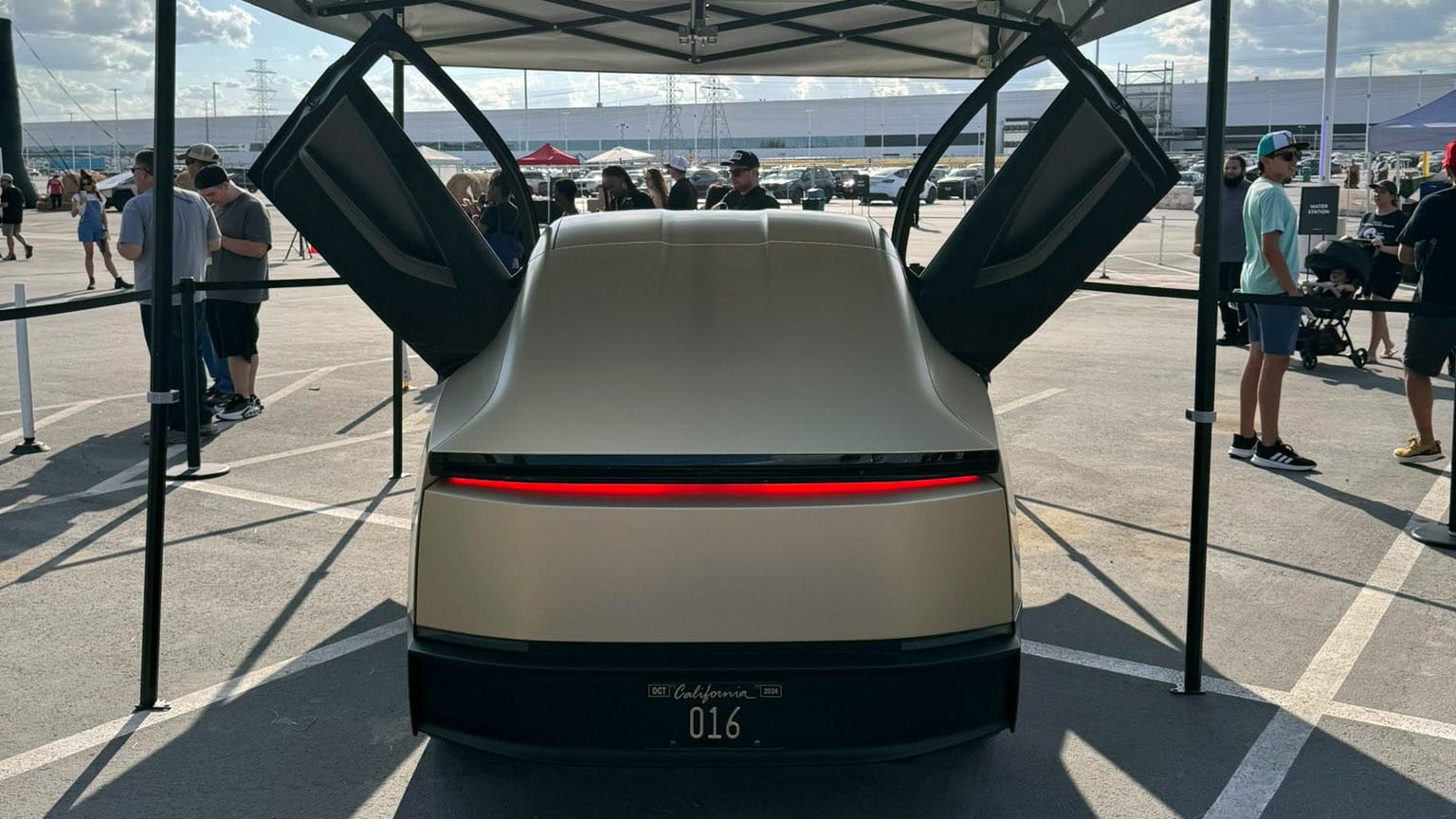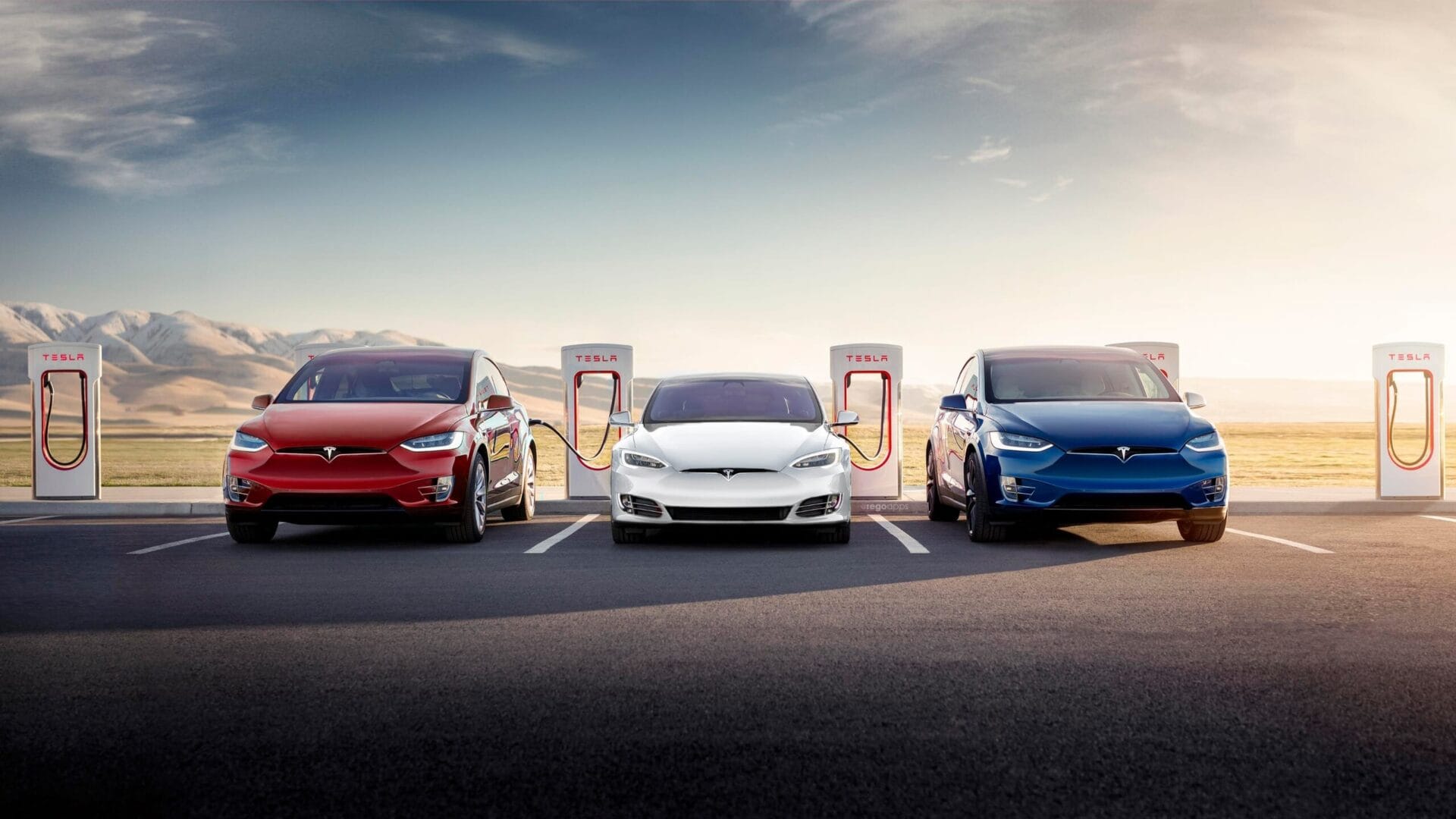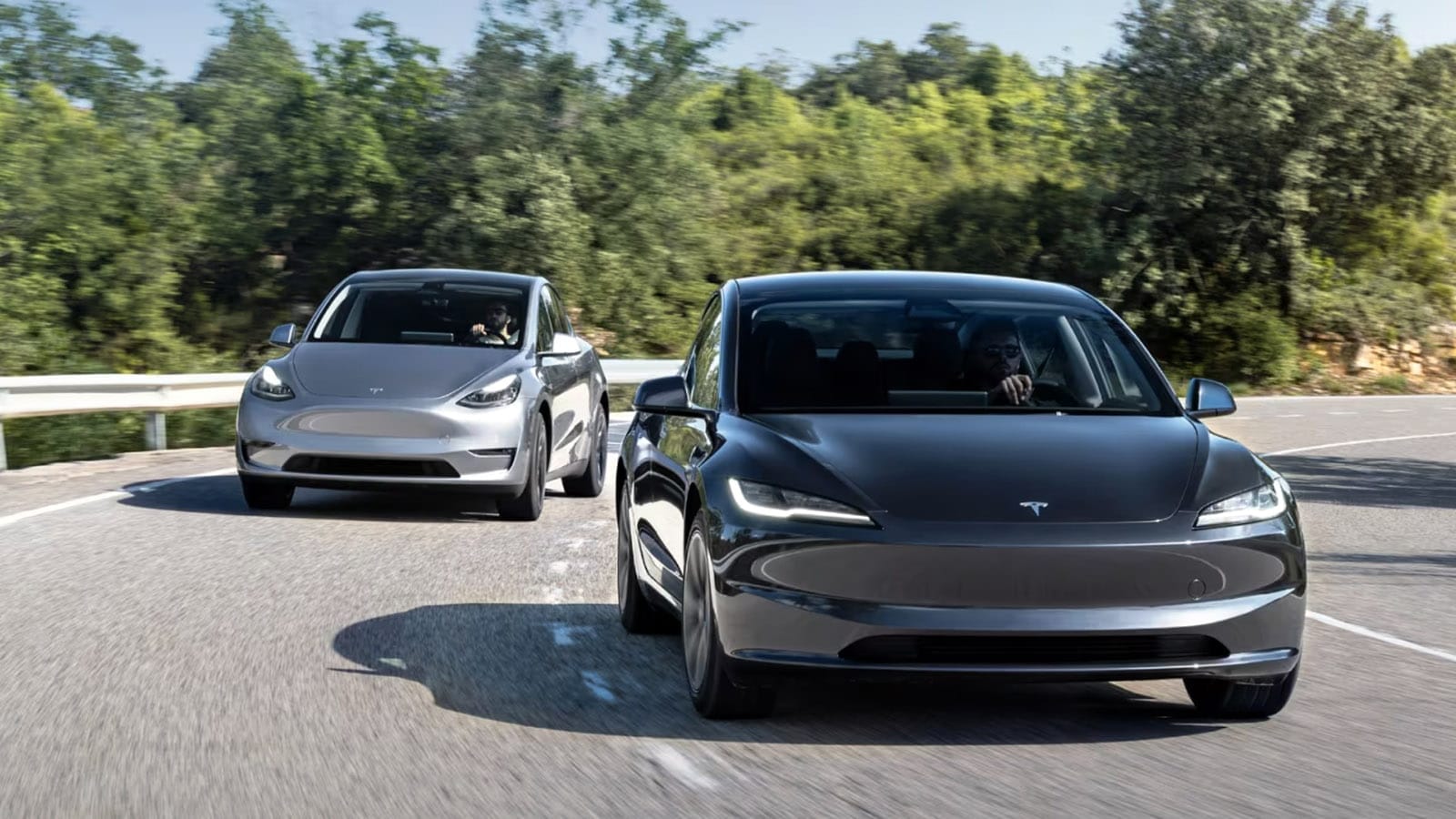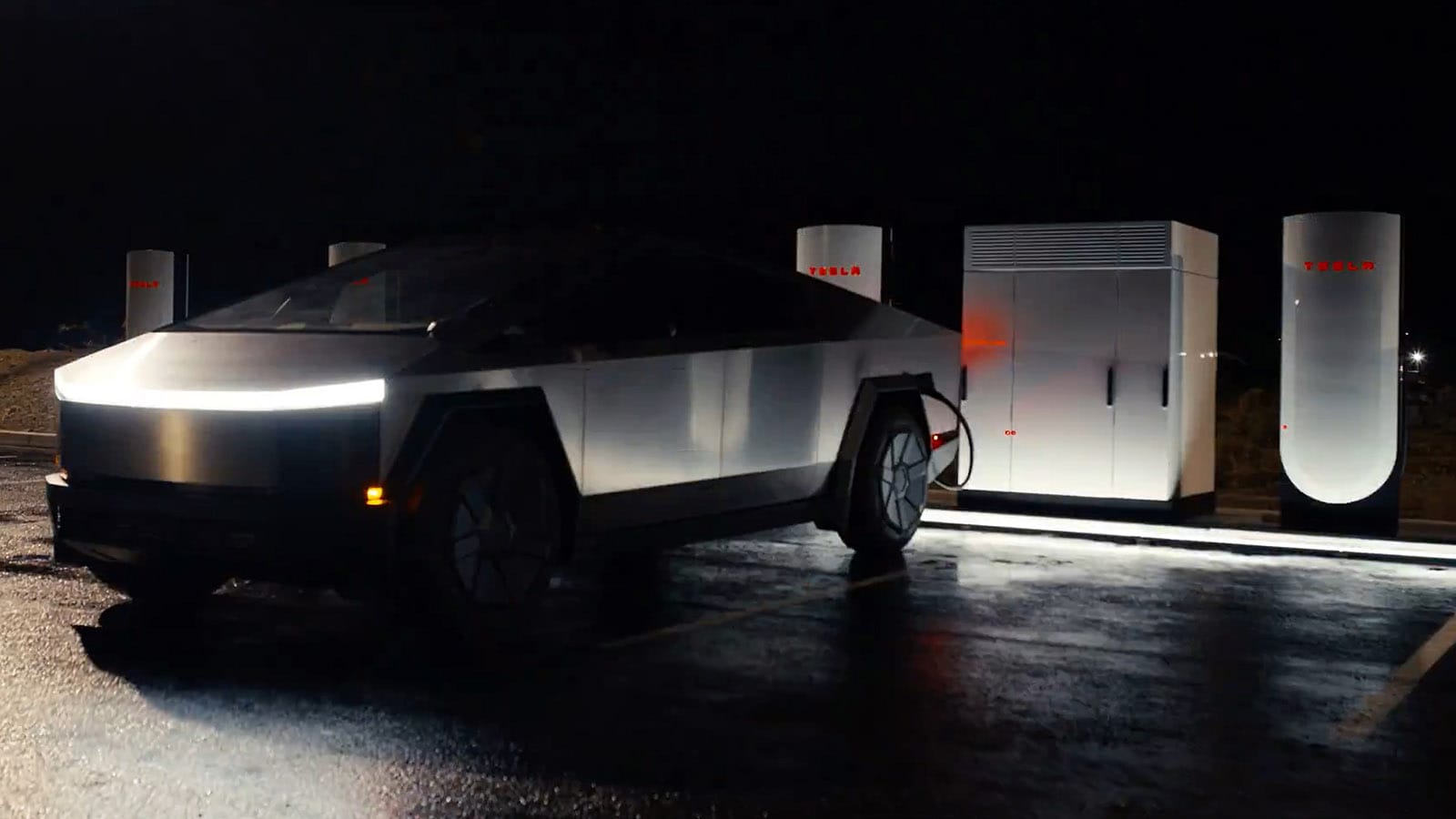Now that Tesla’s stock of vehicles has decreased noticeably, the company is offering free Supercharging and Full Self-Driving trials for all new car purchases.
New Offers for Inventory Vehicles
Last week, Tesla rolled out a fresh deal for buyers of its existing stock of vehicles, excluding used ones. The promotion includes three months of complimentary charging at Tesla stations and the Full Self-Driving feature for free during the same duration, allowing customers to test it out and see if they can manage without it.
Cybertruck Details
However, those looking to get an inventory Cybertruck were limited to the free Supercharging deal. This is because the only available models are the Foundation Series pickups, which already have FSD included but come with a starting price of over $100,000. In contrast, Tesla does offer non-Foundation Series Cybertrucks that start below $80,000; however, these do not qualify for the free FSD offer as it is only for inventory vehicles.
Expanded Promotion for New Models
Now, Tesla is broadening its free Supercharging and FSD trial offer to customers who receive any new Model Y, Model 3, Model S, Model X, or even the base Cybertruck by the year’s end. Customers who take delivery of a new Model S, Model 3, Model X, Model Y, or Cybertruck before December 31, 2024, can receive three months of free Full Self-Driving (Supervised) and Supercharging. This offer can’t be delayed or shifted to another account or vehicle. Also, no alternative will be provided for those who buy Full Self-Driving (Supervised). This promotion does not apply to used vehicles or business orders.
Potential for Record Shipments
This push for year-end incentives could lead to unprecedented quarterly shipments, as Tesla now has numerous promotional offers running. Besides the Supercharging and FSD trials, they are also offering a 0% APR financing rate and free FSD transfers, along with state-specific promotions like free overnight charging in Texas.
Source: Link

